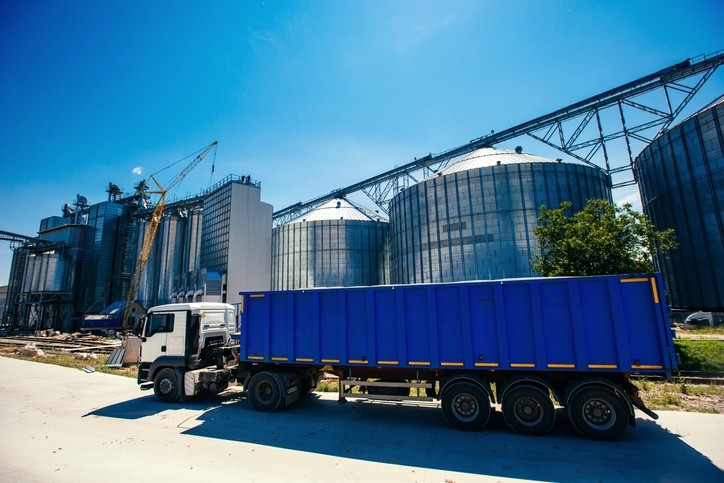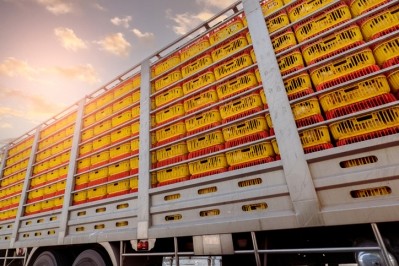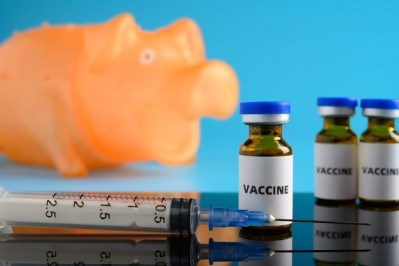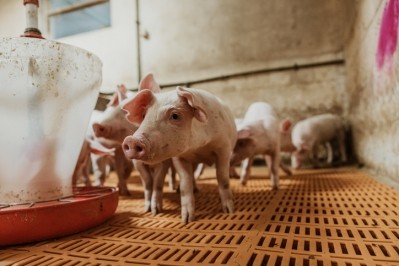EU compound feed production likely to decrease by 4.3 million tons in 2022

That reduction in industrial feed output for this year could be somewhere in the range of 4 to 5 million tons, according to data released by the European Compound Feed Manufacturers’ Federation, FEFAC.
It said key market drivers which could weigh in against ongoing compound feed demand are the continued spread of economic uncertainties mainly linked to war in the Ukraine, farmgate prices for animal products below cost price, EU policy decisions to lower greenhouse gas (GHG) and other emissions, welfare policy and deforestation-free supply chains, as well as further supply chain disruptions due to COVID-19 outbreaks such as restrictions in China impacting export of additives and other feed ingredients.
Pig feed output down in 2021
Compound feed production for the EU-27 in 2021 was estimated at 150.2m tons, an increase of 0.03% compared to 2020, according to data provided by FEFAC members.
All sectors expect the pig feed manufacturing segment, managed to stabilize or even grow production despite the continuing COVID-19 pandemic, global grain market rally, supply chain disruptions and spread of animal diseases in 2021, reported the EU industry representatives.
Pig feed production decreased by 1.5% in 2021, with challenges of reduced meat demand in key export markets related to African swine fever (ASF) outbreaks, and high costs for feed grains cited as some of the factors behind that dip. The countries most affected in this respect were Germany, France, Portugal, Spain, Austria, Slovenia and Hungary.
The growth in ruminant feed production in 2021 was linked to droughts, as this meant dairy farmers needed to purchase more compound feed, Anton van den Brink, senior policy and communication manager, FEFAC, told us.
Cattle feed production slightly increased by 0.2% compared to the previous year due to a higher increase in production in Ireland, Bulgaria and Austria (+6%) following a severe drought that hampered grass growth, shows the data. In Italy and the Czech Republic, dairy farmers bought more industrial compound feed rather than mixing their feed on farms, in reaction to higher costs for raw materials, reported the trade group.
The EU poultry feed sector managed to increase its production in 2021, by 1.1 %, compared to the previous year, recovering partially from losses linked to COVID-19 lockdown measures in 2020, said FEFAC.
Digging deeper into the data, poultry feed production in markets such as Ireland, Spain, Italy, Portugal, Austria and Romania was boosted by more than 5%. However, a decrease for that feed manufacturing segment was reported in Germany, France, Belgium, Sweden, Poland and Lithuania, with the reasons cited for that decline being the high costs of raw materials, avian influenza outbreaks and flat or reduced retail prices for eggs impacting the poultry sector in those countries.
The road ahead
Looking at the market outlook for 2022, on the back of the high cost of feed materials, lower market demand and expanding Avian Influenza (AI) outbreaks in several countries, FEFAC members' estimate a decrease of 4.2% for pig feed production and a drop of 3% for poultry feed, while cattle feed production is expected to decrease by 1.6%.
FEFAC also noted considerable ongoing market uncertainty due to the Black Sea conflict. “The immediate loss of feed maize, sunflower meal and other feed materials from Ukraine and Russia could only be partially compensated by increased feed imports, mainly from the US and Canada. Key logistical challenges are persisting on how to move existing grain stocks out of Ukraine and will continue to impact market availability in the new marketing year.”
Overall, FEFAC estimates that industrial compound feed production in 2022 will decrease by 2.9% or 4.3m tons, compared to 2021.
The European compound feed industry employs over 100,000 people on around 3,200 production sites.
Data for 2020 shows farm and pet animals in the EU27 +UK (2020) consumed around 825m tons of feed, of which about 20% was produced by compound feed manufacturers. Turnover of the European compound feed industry is estimated at €55bn.








